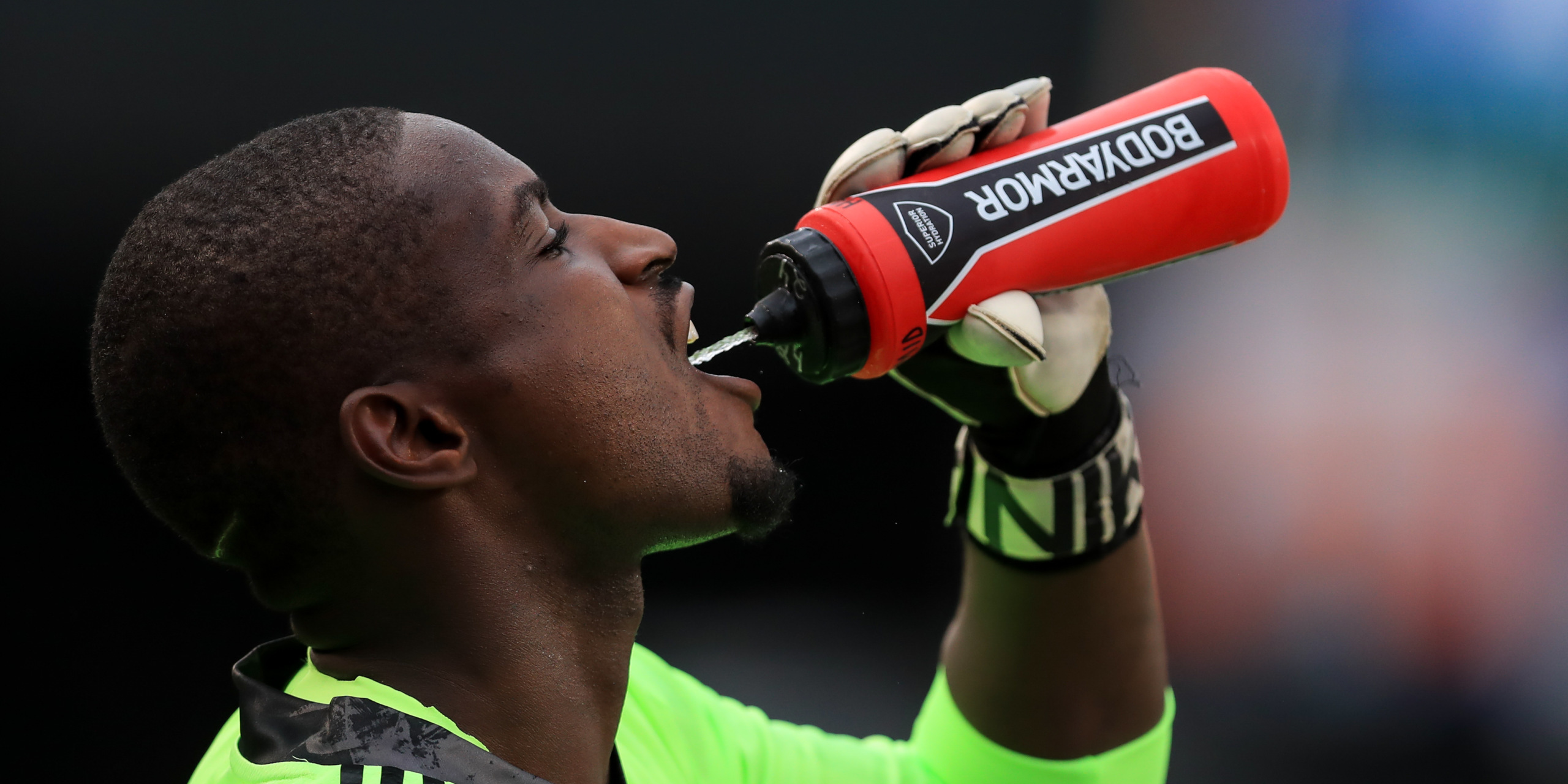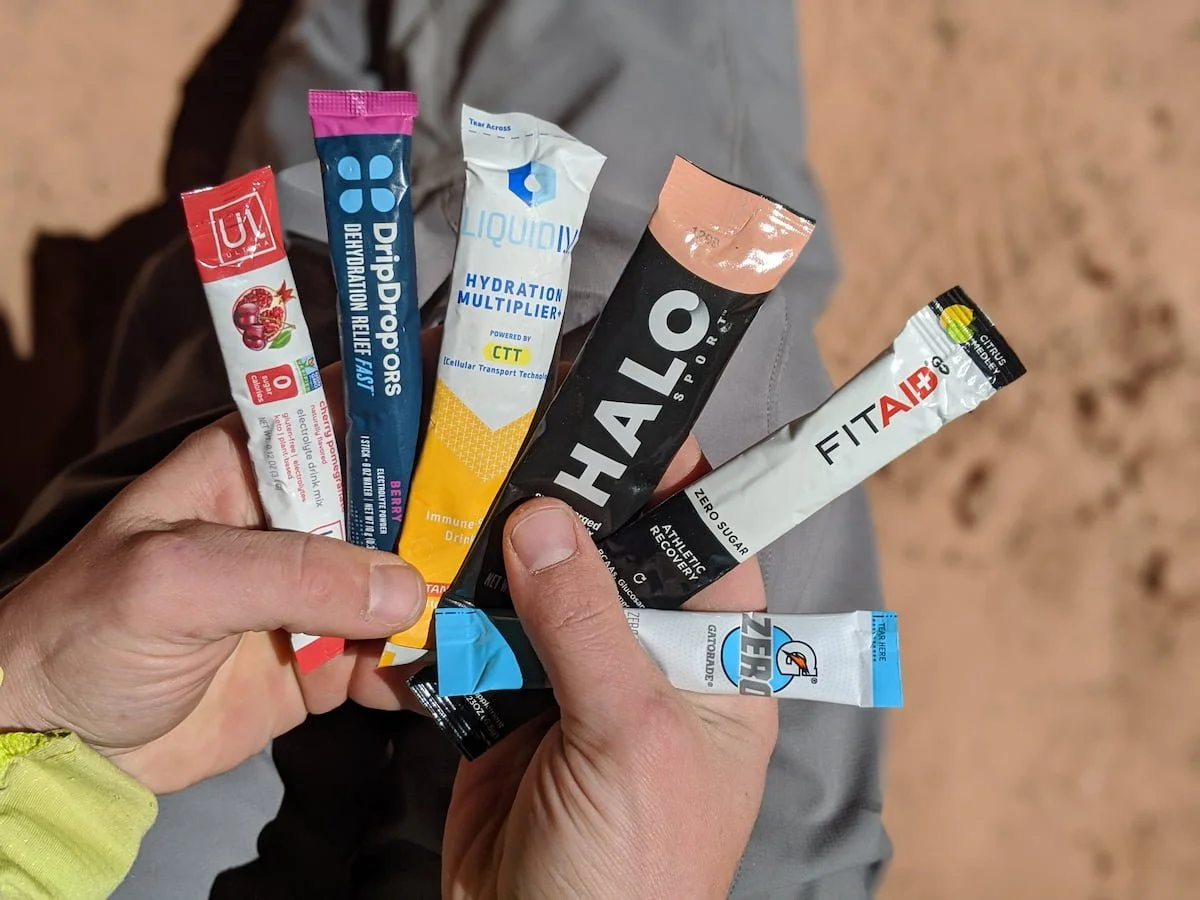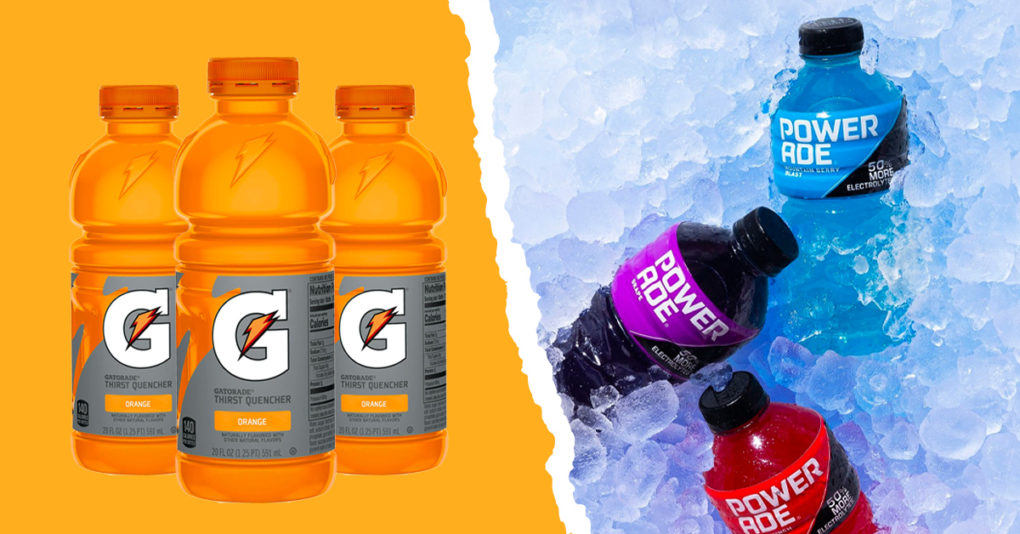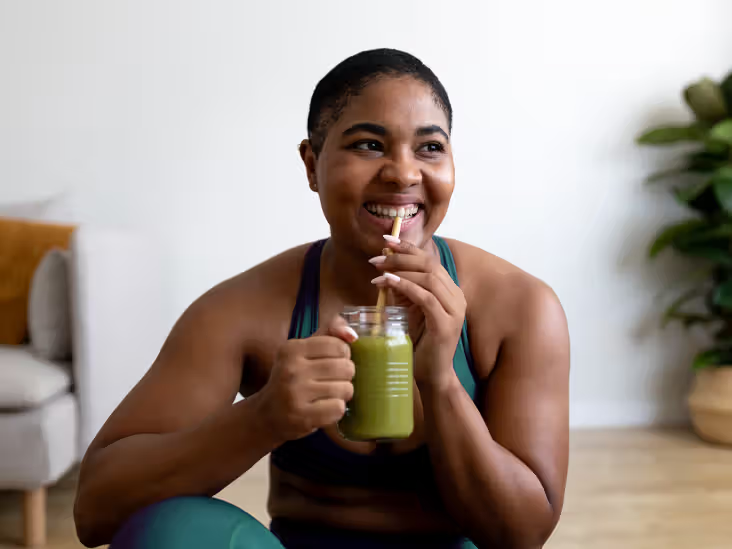Let me take you back to my first ultra-marathon. Mile 22: legs cramping, brain fog looming, and my hydration pack bone dry. I reached for a neon sports drink—only to realize I had no idea what was actually in it or if it would help. Sound familiar? In today’s ever-growing market, choosing the right electrolyte drink is tougher than running those last hellish miles. This post gets real about the science, the brands, and the small details that matter—so you never gamble with your performance or recovery again.
Cracking the Code: What Electrolyte Drinks REALLY Do for Athletes
When you’re pushing your body to the limit, staying hydrated is about more than just drinking water. For athletes, understanding electrolyte benefits is crucial for performance enhancement and recovery. Electrolyte drinks have become a staple for serious competitors, but what do they actually do inside your body? Let’s break down the real science behind athlete hydration and why simple water often falls short.
Unpacking the Science: Sodium, Potassium, Magnesium, and Calcium
Electrolytes are minerals that carry an electric charge. The main players—sodium, potassium, magnesium, and calcium—work together to keep your muscles firing and your nerves communicating. Here’s how each one supports your athletic performance:
- Sodium: Regulates fluid balance and helps muscles contract. Low sodium is a leading cause of muscle cramps and early fatigue, especially in endurance athletes.
- Potassium: Supports nerve signaling and muscle function. Potassium loss can lead to weakness and irregular heart rhythms.
- Magnesium: Essential for energy production and muscle relaxation. A deficiency can trigger cramps and slow recovery.
- Calcium: Vital for muscle contractions and bone strength. Even slight imbalances can impact performance.
Why Water Alone Isn’t Enough for Serious Performance
It’s a common myth that dehydration is the main cause of muscle cramps. In reality, electrolyte imbalances—especially sodium and potassium—are often to blame. When you sweat, you lose more than just water; you lose these critical minerals. Drinking plain water can actually dilute your remaining electrolytes, making the problem worse. That’s why targeted athlete hydration strategies include electrolyte drinks, not just water.
Personal Experience: The Marathon Mishap
Let me share a quick story. During my first marathon, I relied solely on water, thinking it was enough. By mile 18, my legs seized with cramps, and I was forced to walk. After some research, I learned about the electrolyte benefits for endurance athletes. On my next attempt, I used a balanced electrolyte drink. The difference was night and day—no cramps, steady energy, and a strong finish. This personal lesson drove home the importance of performance enhancement through proper hydration.
"Proper electrolyte intake ensures optimal nerve and muscle function during athletic performance." – Dr. Stacy Sims
Common Causes of Cramping: It’s Not Just Dehydration
Many athletes blame dehydration for cramps, but the real culprit is often a trace mineral imbalance. Sodium and potassium are especially important for preventing cramps and maintaining muscle function. If you’re experiencing frequent cramps or fatigue, it’s time to look beyond water and consider your electrolyte intake.
Understanding how electrolytes work—and why they matter—can help you avoid common pitfalls and unlock your best performance. For more on choosing the best electrolyte drinks, check out our in-depth guide. For additional science, see WebMD’s electrolyte overview.
Pill, Powder, or Coconut? Comparing Electrolyte Delivery for Real-Life Training
When it comes to athlete hydration, you have more choices than ever—each with its own quirks, pros, and best-use scenarios. Should you pop an electrolyte tablet, mix a hydration powder, or reach for natural electrolytes like coconut water? Let’s break down what works best for your training, travel, and taste buds.
Electrolyte Tablets: Pocket-Sized Power
Tablets like Nuun Sport and GU Hydration Tabs are the ultimate in convenience. Toss a tube in your bag for a mountain run or race day—no sticky mess, no measuring. Nuun offers a subtle flavor and enough sodium for shorter workouts, while GU Tabs pack more sodium with almost no calories (though some athletes notice a stevia aftertaste).
- Pros: Ultra-portable, easy to dose, low calorie, great for travel
- Cons: Limited carbs, sometimes artificial sweeteners, flavor can be mild or chalky
- Best for: On-the-go hydration, short to moderate workouts, carb-conscious athletes
Hydration Powders: Customizable and Powerful
If you want to control your carb intake or need a bigger electrolyte punch, hydration powders like LMNT, Mortal Hydration, Ancient and Brave, and Torq Hydration are your go-to. LMNT is sugar- and gluten-free, letting you add carbs as needed. Mortal Hydration offers two levels of electrolytes and is the official drink of Ironman (but watch for added sugars). Ancient and Brave stands out for its coconut-based, sustainable formula, while Torq keeps things clean with modest carbs and no artificial flavors.
- Pros: Customizable serving size, higher sodium for heavy sweaters, some sugar-free options
- Cons: Can be messy to pack, some powders clump, ingredient lists vary widely
- Best for: Intense training, hot climates, athletes needing precise carb/electrolyte control
Natural Electrolytes: Coconut Water’s Place
Coconut water is the darling of natural hydration, loaded with potassium and a touch of sweetness. But here’s the catch: it’s low in sodium, which is crucial for serious sweat sessions. Coconut water shines for daily hydration or gentle yoga, but falls short for marathon training or hot-weather races.
- Pros: All-natural, tasty, easy to find, no artificial additives
- Cons: Low sodium, not ideal for high-intensity or long-duration workouts
- Best for: Everyday hydration, light exercise, recovery days
Brand Showdown: Taste, Convenience, and Real-World Use
When you’re packing for a trail run, electrolyte tablets win for portability—no powder explosions in your bag. For longer sessions or hot climates, hydration powders like LMNT or Torq let you dial in your sodium and carbs. Coconut water? Perfect for sipping post-workout or when you want something natural and refreshing.
Wildcard: The Future of Athlete Hydration
Imagine a smart bottle that tracks your sweat rate and dispenses the exact electrolyte mix you need, in real time. Until then, your best bet is to match your electrolyte delivery to your workout and lifestyle—whether that’s a tablet, powder, or coconut water.
Hydration Strategies That Don’t Suck: Planning for Endurance, Heat, or Recovery
How Much, How Often? Debunking Hydration Myths and Understanding Sweat Rates
Forget the old advice to “drink as much as possible.” Forced hydration can backfire, leading to hyponatremia (dangerously low sodium levels). Instead, focus on your personal sweat rate—the amount of fluid you lose per hour of exercise. Use a sweat rate calculator or weigh yourself before and after a workout. Most athletes lose between 16–32 ounces (0.5–1 liter) per hour, but this varies with heat, humidity, and workout intensity.
- Before exercise: Drink 12–16 oz (350–500 ml) water or a light electrolyte drink 1–2 hours before.
- During exercise: Sip 4–8 oz (120–240 ml) every 15–20 minutes, adjusting for sweat rate and weather.
- After exercise: Replace every pound (0.45 kg) lost with 16–24 oz (500–700 ml) of fluid, including electrolyte balance for optimal post-workout recovery.
Listen to your body’s thirst cues—don’t force fluids if you’re not thirsty, especially during shorter workouts.
Timing: When to Use Electrolytes for Peak Performance and Recovery
Electrolyte drinks aren’t just for marathoners. If you’re training longer than an hour, sweating heavily, or working out in the heat, you need more than plain water. Sports nutrition experts recommend sipping electrolyte drinks during endurance sessions and immediately after for recovery drinks. This helps replenish sodium, potassium, and magnesium lost in sweat, supporting muscle function and reducing cramping.
- Endurance: Use electrolyte drinks every 30–45 minutes during long runs, rides, or matches.
- Heat: Increase electrolyte intake on hot or humid days to prevent dehydration and heat illness.
- Recovery: Combine electrolytes with carbs and protein for faster muscle repair post-workout.
Custom Blends: DIY Electrolyte Recipes and Fortifying Water
You don’t need pricey powders to stay hydrated. Try this simple homemade electrolyte drink:
- 16 oz (500 ml) water
- 1/8 tsp table salt (sodium)
- 1–2 tbsp lemon or lime juice (potassium, flavor)
- 1 tbsp honey or maple syrup (carbs for energy)
Mix well and adjust to taste. This blend supports electrolyte balance and is budget-friendly.
Anecdote: The Night I Mixed My Own Recovery Drink
After a brutal summer ride, I once dumped way too much lemon juice into my DIY recovery drink. The acid hit my raw throat like a punch—lesson learned! Always taste-test your blends before chugging, and remember: more isn’t always better, especially with citrus.
Key Takeaways
- Personalize hydration to your sweat rate, workout intensity, and weather conditions.
- Balance fluids and electrolytes—avoid both dehydration and overhydration.
- DIY electrolyte drinks are effective and affordable, but don’t overdo the ingredients.
FAQ: What Every Athlete Asks About Electrolyte Drinks
What’s the best electrolyte drink for runners?
There’s no single “best electrolyte drink” for every runner. Your sweat rate, workout intensity, and even the weather all affect what your body needs. Some runners swear by classic sports drinks like Gatorade, while others prefer electrolyte tablets or coconut water. For example, marathoner Sarah noticed she cramped less when she switched from sugary sports drinks to a low-sugar electrolyte powder with extra magnesium. The key is to look for a drink with a balance of sodium, potassium, and magnesium, and to test what works best for you during training—not just on race day. If you sweat heavily or run in hot climates, you may need a higher sodium content, which is often found in commercial sports drinks rather than natural options like coconut water.
Are electrolyte drinks safe to use every day?
For most healthy athletes, moderate daily use of electrolyte drinks is safe—especially if you’re training hard or sweating a lot. However, if you’re not losing much fluid or electrolytes (think: rest days or light activity), you probably don’t need them. Overdoing it can lead to excess sodium or other minerals, which isn’t ideal. Sports dietitians often recommend using electrolyte tablets or drinks only during longer or more intense sessions. One triathlete shared how she developed mild headaches from overusing salty drinks on non-training days. Listen to your body and adjust based on your activity level.
How do I know if I need more electrolytes?
Common signs you might need more electrolytes include muscle cramps, fatigue, dizziness, or headaches during or after exercise. If you notice your sweat leaves white marks on your clothes, you may be losing a lot of sodium. A quick tip: track how you feel after different hydration strategies. For instance, after a long summer run, if you feel wiped out despite drinking water, you might benefit from an athlete hydration solution with added electrolytes. If symptoms persist, consult a sports nutritionist for personalized advice.
Can I use coconut water instead of sports drinks?
Coconut water is a popular natural alternative for athlete hydration. It’s rich in potassium and contains some magnesium, but it’s much lower in sodium compared to most commercial sports drinks. For light workouts or yoga, coconut water can work well. But for endurance events or heavy sweat sessions, you may need to supplement with extra sodium. One soccer player found coconut water refreshing after practice but had to add a pinch of salt to avoid cramps during tournaments. Always match your drink to your sweat and activity level.
Do sugar-free electrolyte powders work as well?
Yes, sugar-free electrolyte powders can be just as effective for replacing lost minerals, especially if you’re watching your calorie intake or want to avoid sugar spikes. The main thing is to check the label for adequate sodium, potassium, and magnesium. Some athletes find sugar helps with energy during long events, but for shorter or less intense sessions, sugar-free options are a smart choice. A cyclist shared that switching to sugar-free tablets helped her avoid stomach upset on long rides. Choose what fits your goals and gut.
TL;DR: Want a shortcut? If you sweat hard and play hard, focus on drinks with ample sodium, clean ingredients, and formulas matched to your workout needs—no neon glow required.



